Home>Energy>Home Insulation & Ventilation>What Product Can Be Used To Clean And Condition Weather-Stripping?
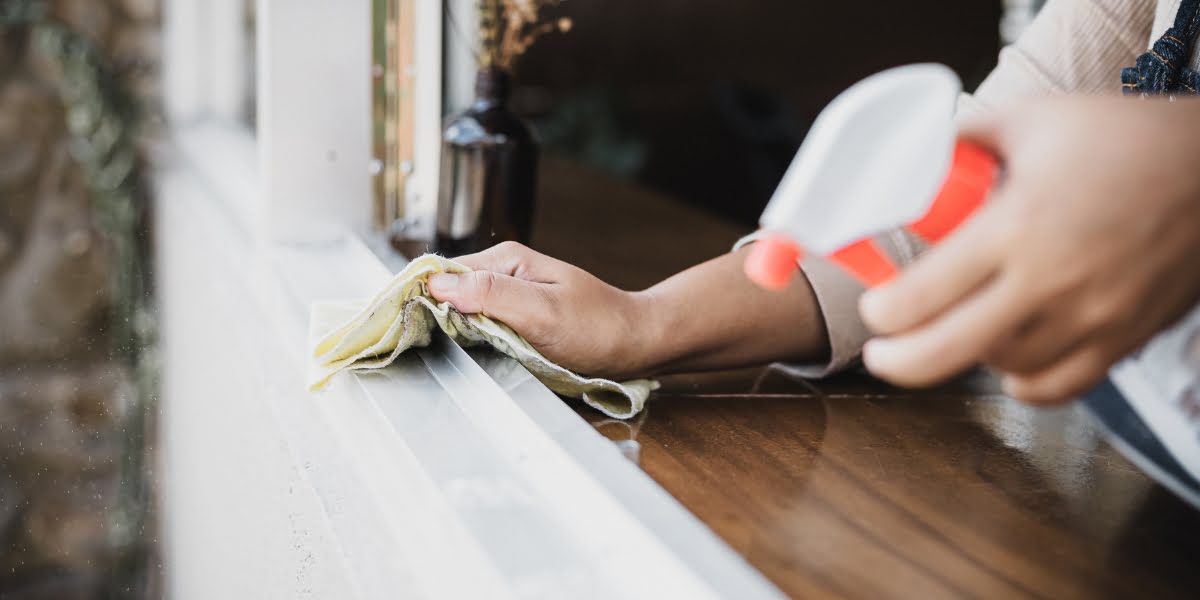

Home Insulation & Ventilation
What Product Can Be Used To Clean And Condition Weather-Stripping?
Published: December 30, 2023
Keep your home insulation and ventilation in top condition with the right product for cleaning and conditioning weather-stripping. Find out what product works best for your needs.
(Many of the links in this article redirect to a specific reviewed product. Your purchase of these products through affiliate links helps to generate commission for Storables.com, at no extra cost. Learn more)
Introduction
Welcome to the world of weather-stripping, where the battle against the elements takes place on the small but crucial stage of your home’s windows and doors. Weather-stripping plays a vital role in maintaining a comfortable and energy-efficient indoor environment. However, to ensure its longevity and effectiveness, proper maintenance is essential. This includes regular cleaning and conditioning to safeguard against wear and tear caused by exposure to the elements. In this article, we’ll delve into the importance of cleaning and conditioning weather-stripping, explore common types of weather-stripping, recommend products for optimal maintenance, and provide application techniques to help you keep your home’s weather-stripping in top condition.
Key Takeaways:
- Regular cleaning and conditioning of weather-stripping is crucial to maintain a comfortable and energy-efficient home, preventing air leaks and potential damage.
- Different types of weather-stripping require specific products and techniques for effective cleaning and conditioning, contributing to a well-protected living environment.
Read more: What Glue To Use For Car Weather Stripping
Importance of Cleaning and Conditioning Weather-Stripping
Weather-stripping serves as a barrier against outdoor elements such as wind, rain, dust, and insects, preventing them from infiltrating your home. Over time, exposure to these elements can cause weather-stripping to deteriorate, leading to air leaks, decreased energy efficiency, and potential damage to your home. Regular cleaning and conditioning are essential to maintain the flexibility, resilience, and sealing properties of weather-stripping materials.
By keeping weather-stripping clean and conditioned, you can prolong its lifespan and maximize its performance. This proactive approach not only helps to preserve the integrity of your home’s insulation and ventilation but also contributes to energy conservation and cost savings. Additionally, well-maintained weather-stripping enhances indoor comfort by minimizing drafts and maintaining consistent temperatures throughout your living spaces.
Furthermore, neglecting the care of weather-stripping can lead to issues such as mold and mildew growth, as moisture and debris trapped within the weather-stripping can create an environment conducive to these problems. By incorporating regular cleaning and conditioning into your home maintenance routine, you can mitigate these risks and ensure a healthier indoor environment for you and your family.
Understanding the importance of cleaning and conditioning weather-stripping empowers homeowners to take proactive measures in preserving the efficiency and structural integrity of their homes. By investing time and effort into this maintenance task, you can enjoy the long-term benefits of a well-protected, energy-efficient, and comfortable living space.
Common Types of Weather-Stripping
Weather-stripping comes in various materials and designs, each tailored to specific applications and environmental conditions. Understanding the common types of weather-stripping can help homeowners make informed decisions when it comes to maintenance and replacement. Here are some prevalent types of weather-stripping:
- Felt Strips: Composed of compressed felt, these strips are affordable and easy to install. However, they are best suited for low-traffic areas and may require frequent replacement due to their susceptibility to wear and tear.
- Vinyl Strips: Known for their durability and resistance to moisture, vinyl strips are versatile and offer reliable sealing properties. They are suitable for a wide range of applications, from windows and doors to garage doors and utility access points.
- Foam Tape: This type of weather-stripping, often made of open-cell or closed-cell foam, provides excellent insulation and is effective in sealing small gaps and irregular surfaces. It is easy to apply and can be an ideal solution for irregularly shaped doorframes and windows.
- Metal or Plastic V-Strips: These rigid strips feature a V-shaped design and are commonly used for sliding windows and doors. They offer enhanced durability and are resistant to friction, making them suitable for high-traffic areas.
- Door Sweeps: Installed at the base of doors, door sweeps effectively seal the gap between the door and the threshold, preventing drafts, moisture, and pests from entering the home. They are available in various materials, including rubber, vinyl, and aluminum, and are designed to withstand frequent use and exposure to the elements.
Each type of weather-stripping has its unique characteristics, advantages, and maintenance requirements. By identifying the specific type of weather-stripping used in your home, you can make informed decisions regarding cleaning, conditioning, and potential replacement, ensuring that your home remains well-protected and energy-efficient.
Use a silicone-based lubricant or a vinyl protectant to clean and condition weather-stripping. Apply the product with a clean cloth, and wipe off any excess to prevent buildup.
Recommended Products for Cleaning and Conditioning
When it comes to maintaining weather-stripping, using the right products is essential to ensure effective cleaning and conditioning without causing damage to the materials. Here are some recommended products for cleaning and conditioning various types of weather-stripping:
- Mild Detergent and Water: For routine cleaning of vinyl, metal, or plastic weather-stripping, a solution of mild detergent and water can effectively remove dirt, dust, and grime. Use a soft cloth or sponge to gently scrub the weather-stripping, and then rinse with clean water to remove any residue.
- Silicone-Based Lubricant: To condition and lubricate rubber or synthetic rubber weather-stripping, a silicone-based lubricant can be applied to maintain flexibility and prevent drying and cracking. Ensure that the weather-stripping is clean and dry before applying the lubricant, and follow the manufacturer’s instructions for optimal results.
- Rubber Protectant: Specifically formulated for rubber weather-stripping, a rubber protectant helps to rejuvenate and protect the material, extending its lifespan and enhancing its sealing properties. Apply the protectant evenly to the weather-stripping, ensuring complete coverage for comprehensive protection.
- Weather-Stripping Cleaner: Some manufacturers offer specialized cleaners designed specifically for cleaning and revitalizing weather-stripping. These cleaners are formulated to remove embedded dirt, restore flexibility, and protect against UV damage, contributing to the longevity and performance of the weather-stripping.
Before using any cleaning or conditioning product, it is important to refer to the manufacturer’s recommendations and test the product on a small, inconspicuous area of the weather-stripping to ensure compatibility and effectiveness. Additionally, regular inspection of the weather-stripping can help identify signs of wear, damage, or deterioration, prompting timely cleaning, conditioning, or replacement as needed.
By using the appropriate products and techniques for cleaning and conditioning weather-stripping, homeowners can maintain the integrity and functionality of these essential components, contributing to a well-sealed, energy-efficient, and comfortable home environment.
Application Techniques
Proper application of cleaning and conditioning products is crucial to ensure the optimal maintenance of weather-stripping. Here are some effective techniques for applying cleaning and conditioning products to different types of weather-stripping:
- Cleaning Vinyl, Metal, or Plastic Weather-Stripping: Begin by removing loose dirt and debris from the weather-stripping using a soft brush or vacuum cleaner with a brush attachment. Next, prepare a solution of mild detergent and water, and use a soft cloth or sponge to gently clean the weather-stripping. Rinse with clean water and allow it to dry thoroughly before proceeding with conditioning, if necessary.
- Conditioning Rubber Weather-Stripping: After cleaning the rubber weather-stripping, ensure that it is completely dry before applying a silicone-based lubricant or rubber protectant. Apply the product evenly, using a clean cloth or applicator to reach all areas of the weather-stripping. Allow the conditioner to penetrate the material and wipe off any excess to prevent buildup.
- Using Weather-Stripping Cleaner: If utilizing a specialized weather-stripping cleaner, follow the manufacturer’s instructions for application. Typically, these cleaners can be sprayed or applied with a cloth, targeting areas with stubborn dirt or discoloration. After cleaning, allow the weather-stripping to air dry before applying any conditioning products.
Regardless of the type of weather-stripping or maintenance product being used, it is essential to prioritize safety and precision during the application process. Avoid using harsh chemicals or abrasive tools that can damage the weather-stripping, and always follow the specific guidelines provided by the product manufacturer.
Additionally, regular inspection of weather-stripping is key to identifying areas that require attention. Look for signs of wear, tearing, or compression, and address any issues promptly to maintain the integrity and functionality of the weather-stripping.
By incorporating these application techniques into your home maintenance routine, you can effectively clean and condition weather-stripping, contributing to a well-protected, energy-efficient, and comfortable living environment.
Read more: What Is Weather Stripping
Conclusion
Weather-stripping plays a critical role in safeguarding your home against the elements, maintaining energy efficiency, and enhancing indoor comfort. By understanding the importance of cleaning and conditioning weather-stripping, homeowners can take proactive steps to preserve the integrity and functionality of these essential components.
Regular maintenance, including cleaning and conditioning, is essential to prolong the lifespan of weather-stripping and ensure its optimal performance. By utilizing recommended products and application techniques tailored to specific types of weather-stripping, homeowners can effectively protect their homes from air leaks, moisture intrusion, and energy loss.
Furthermore, staying attentive to the condition of weather-stripping and addressing any signs of wear or damage promptly can prevent potential issues such as mold growth, air infiltration, and decreased energy efficiency. By incorporating weather-stripping maintenance into your home care routine, you can contribute to a healthier, more energy-efficient living environment for you and your family.
In conclusion, the diligent care and maintenance of weather-stripping are essential for preserving the structural integrity, energy efficiency, and comfort of your home. By investing time and effort into cleaning and conditioning weather-stripping, homeowners can enjoy the long-term benefits of a well-protected and energy-efficient living space.
Remember, the small but significant task of maintaining weather-stripping can have a substantial impact on your home’s overall performance and your quality of life. With regular attention and proper care, you can ensure that your weather-stripping continues to fulfill its vital role in shielding your home from the elements and maintaining a comfortable indoor environment.
Frequently Asked Questions about What Product Can Be Used To Clean And Condition Weather-Stripping?
Was this page helpful?
At Storables.com, we guarantee accurate and reliable information. Our content, validated by Expert Board Contributors, is crafted following stringent Editorial Policies. We're committed to providing you with well-researched, expert-backed insights for all your informational needs.
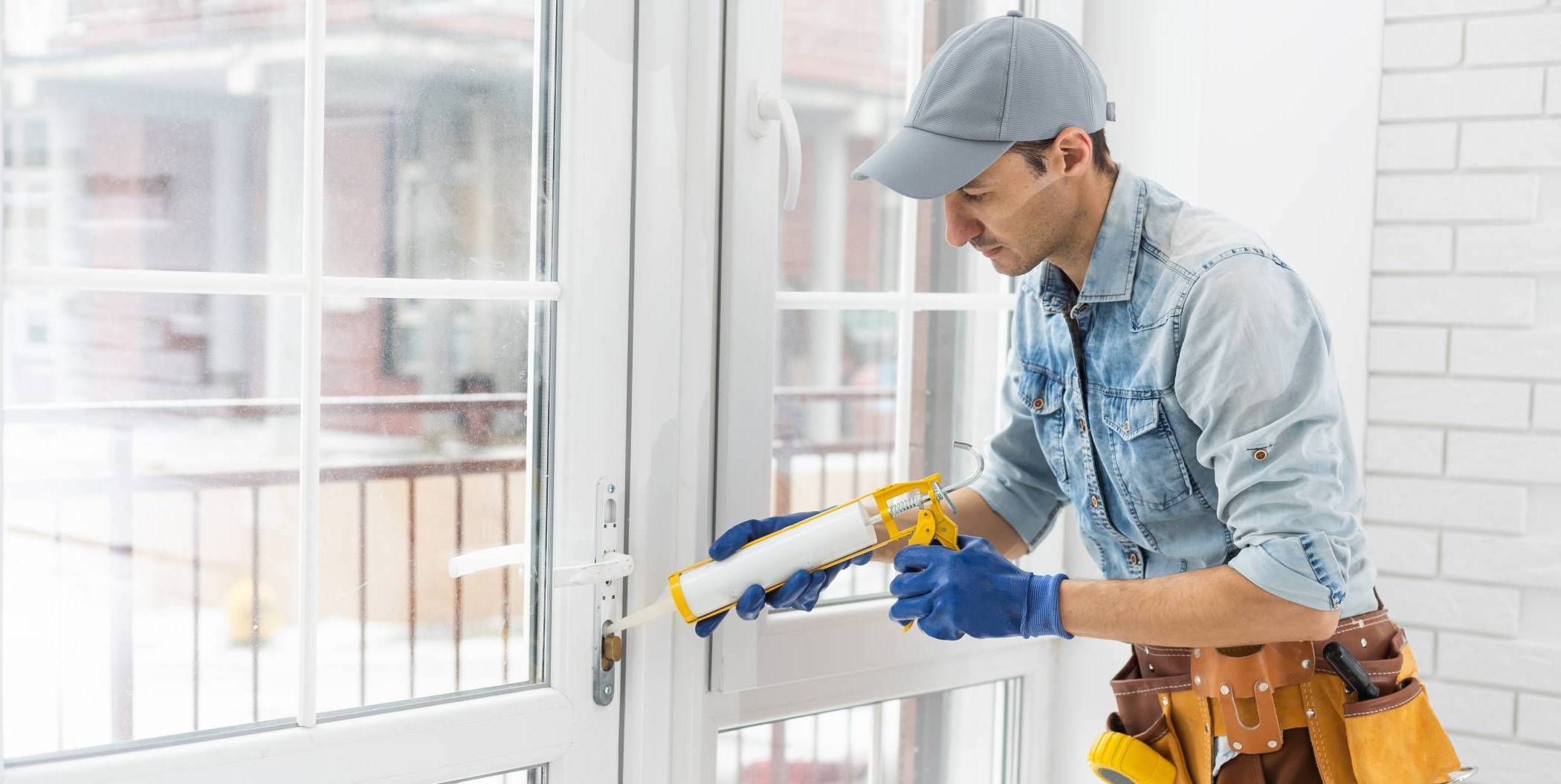
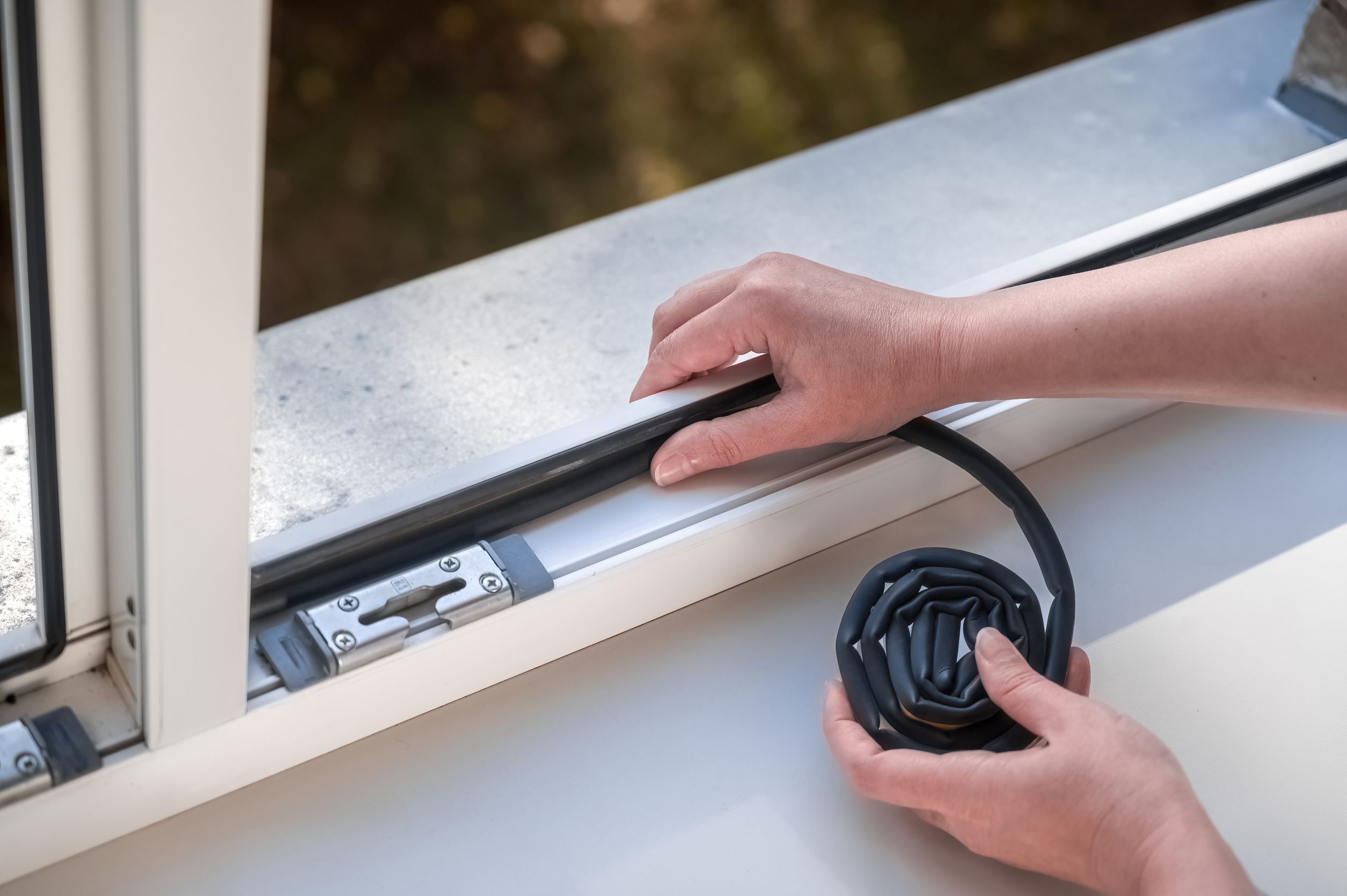
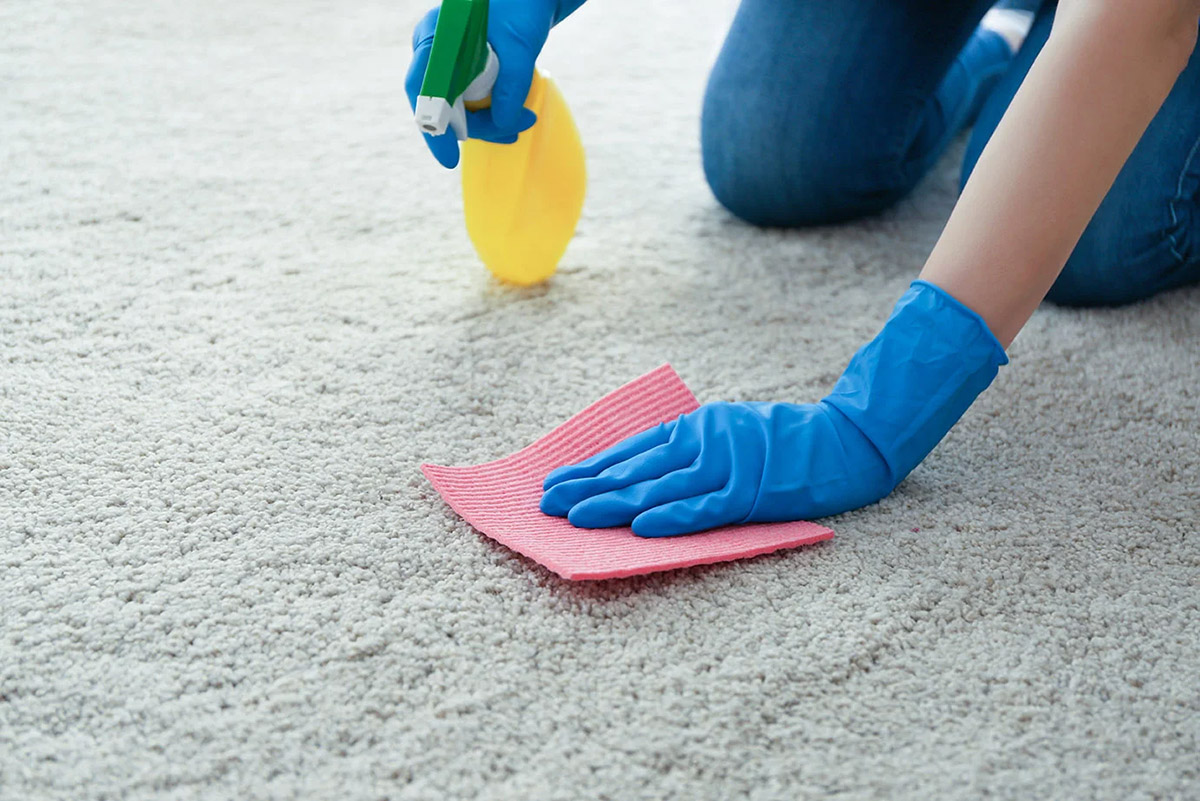
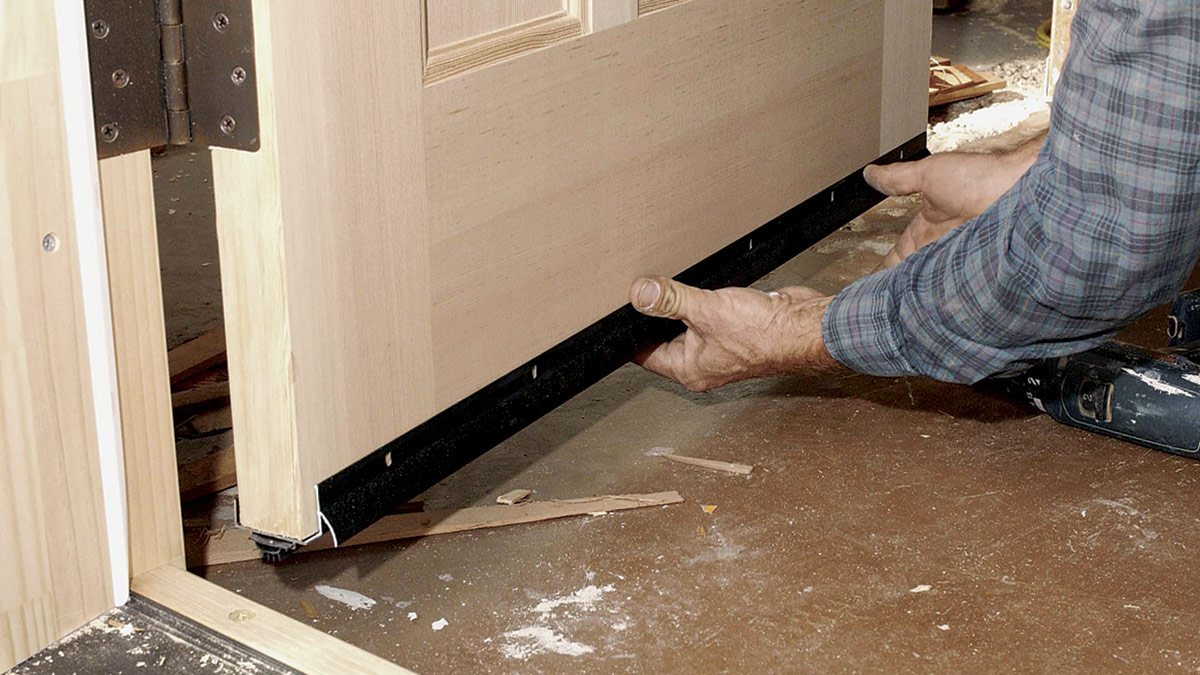
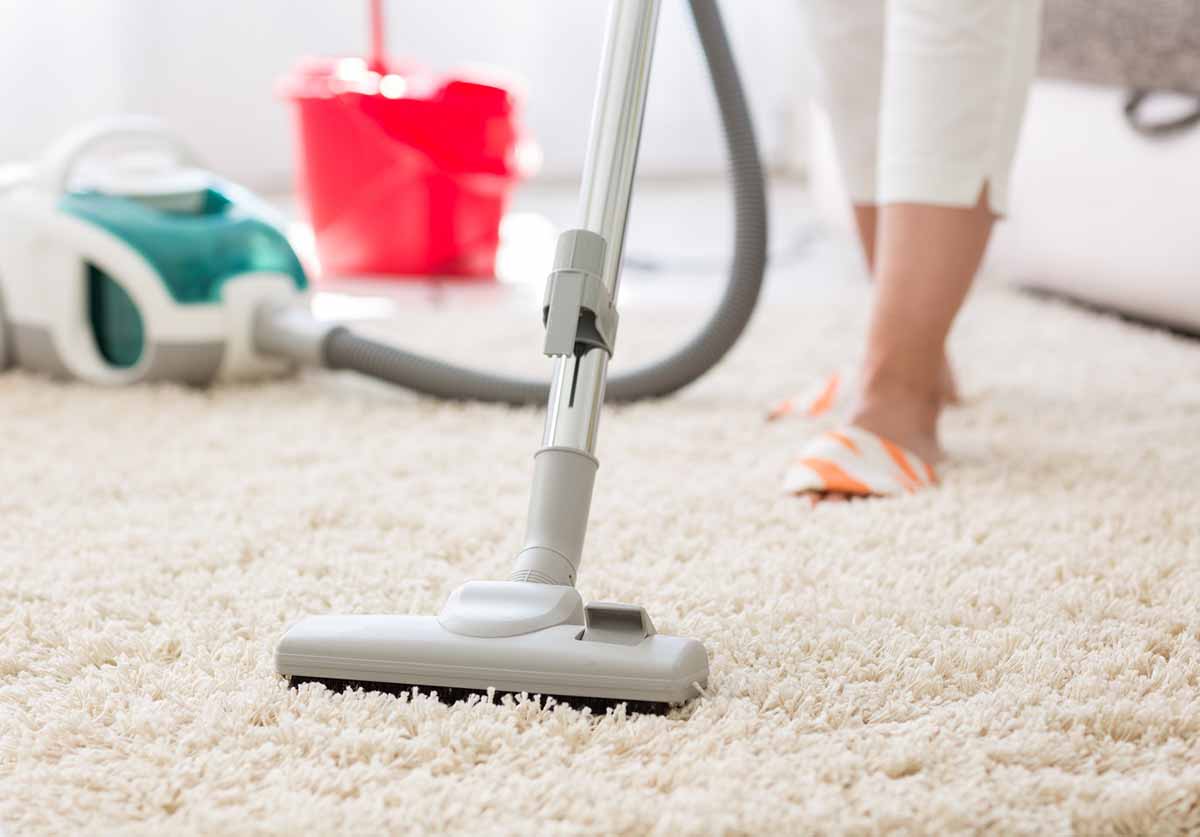
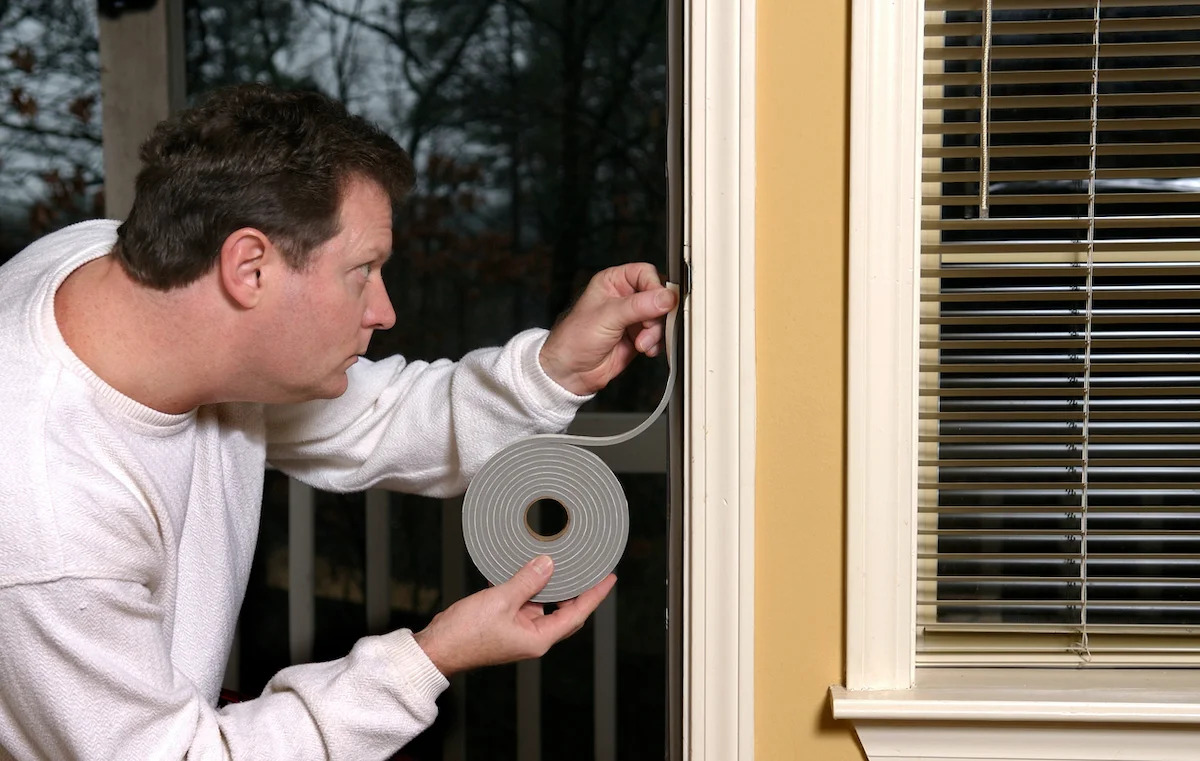
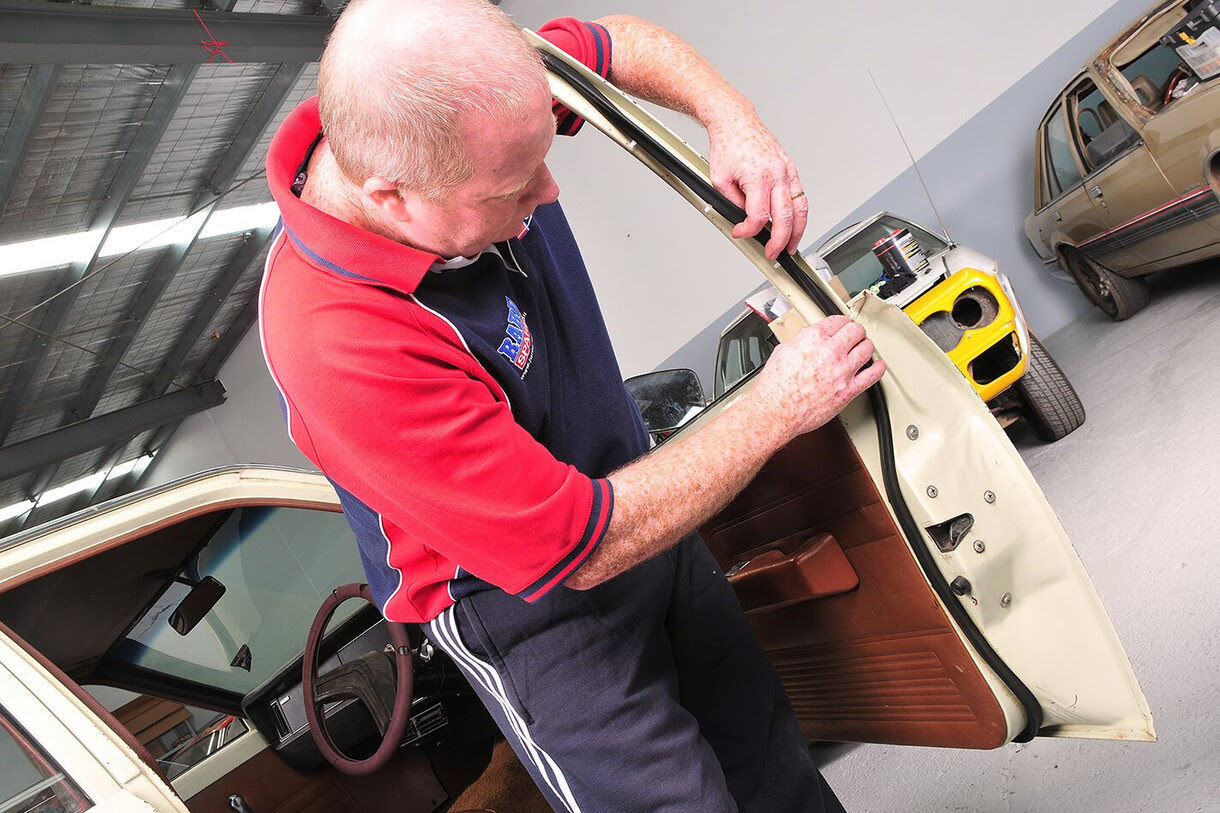
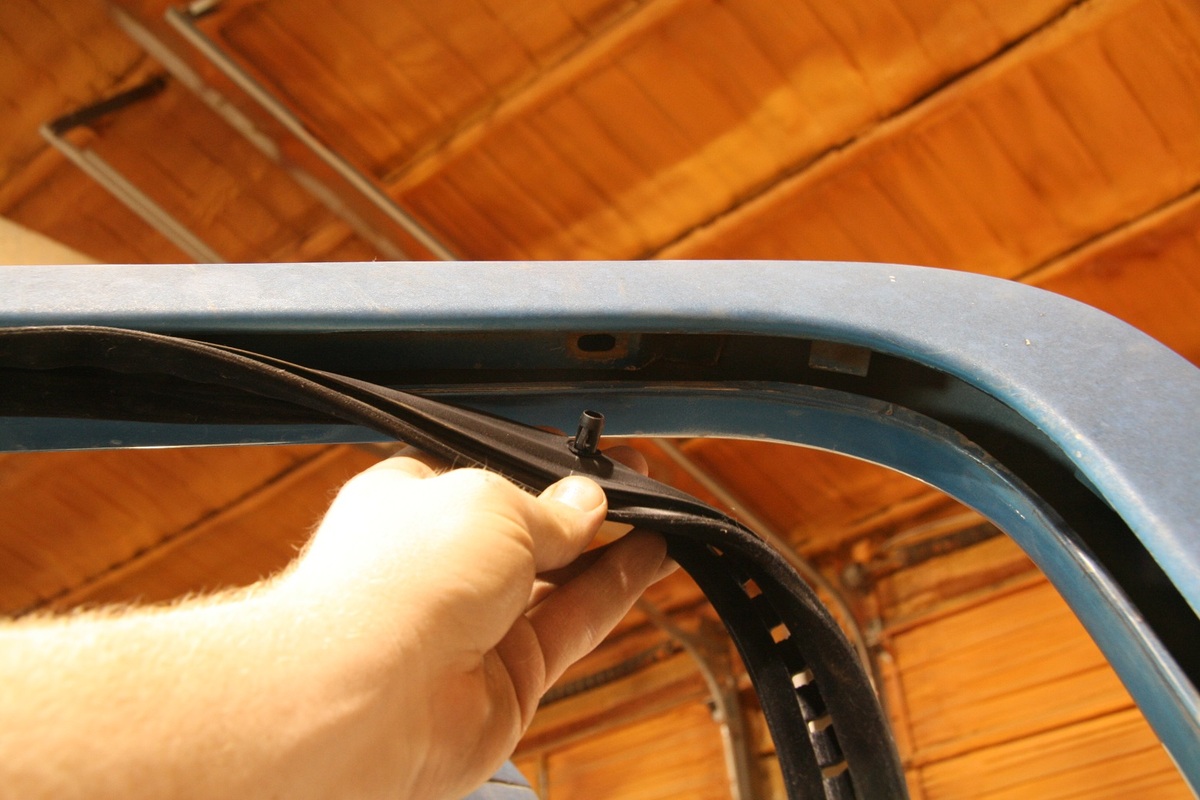
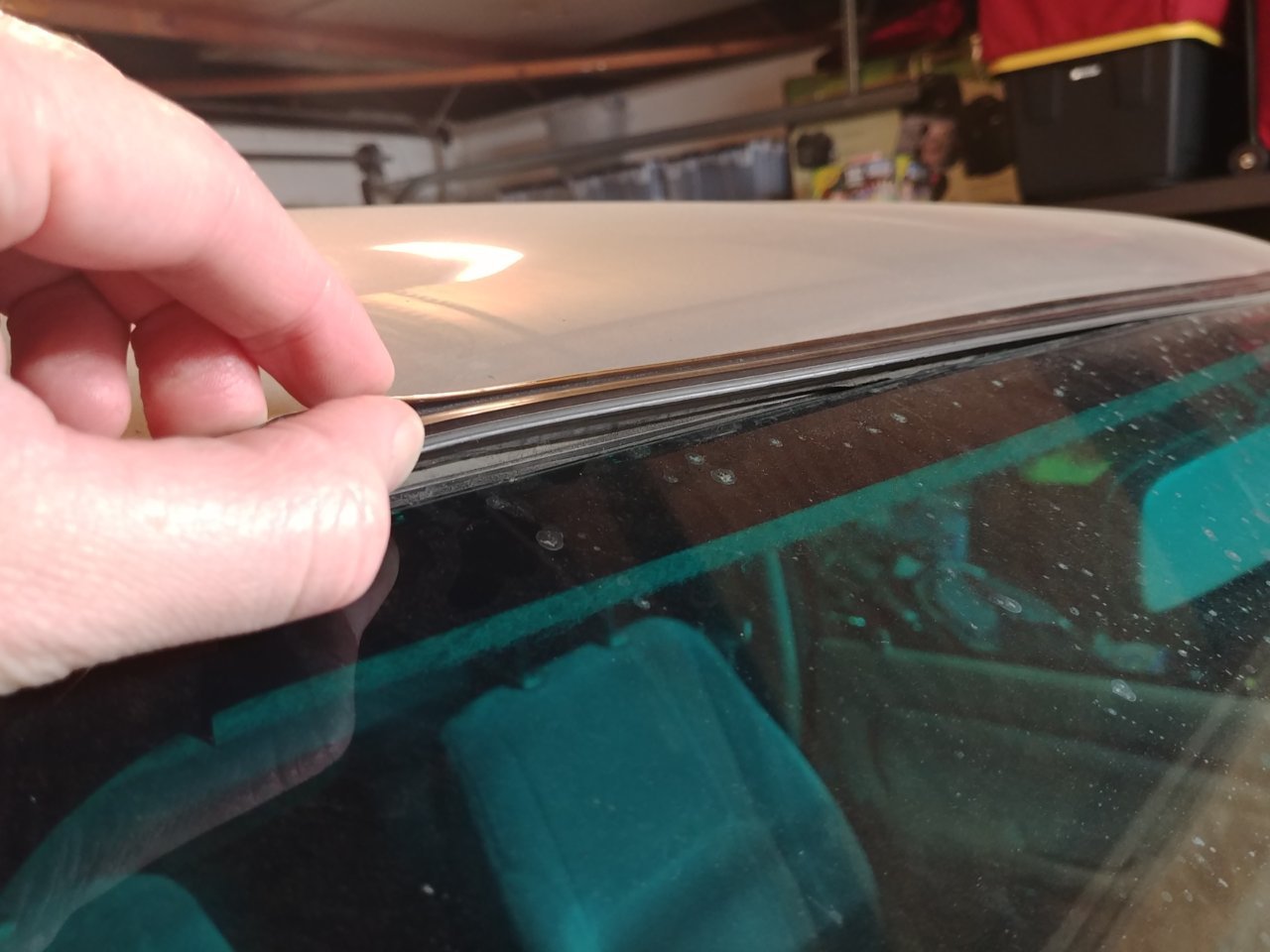
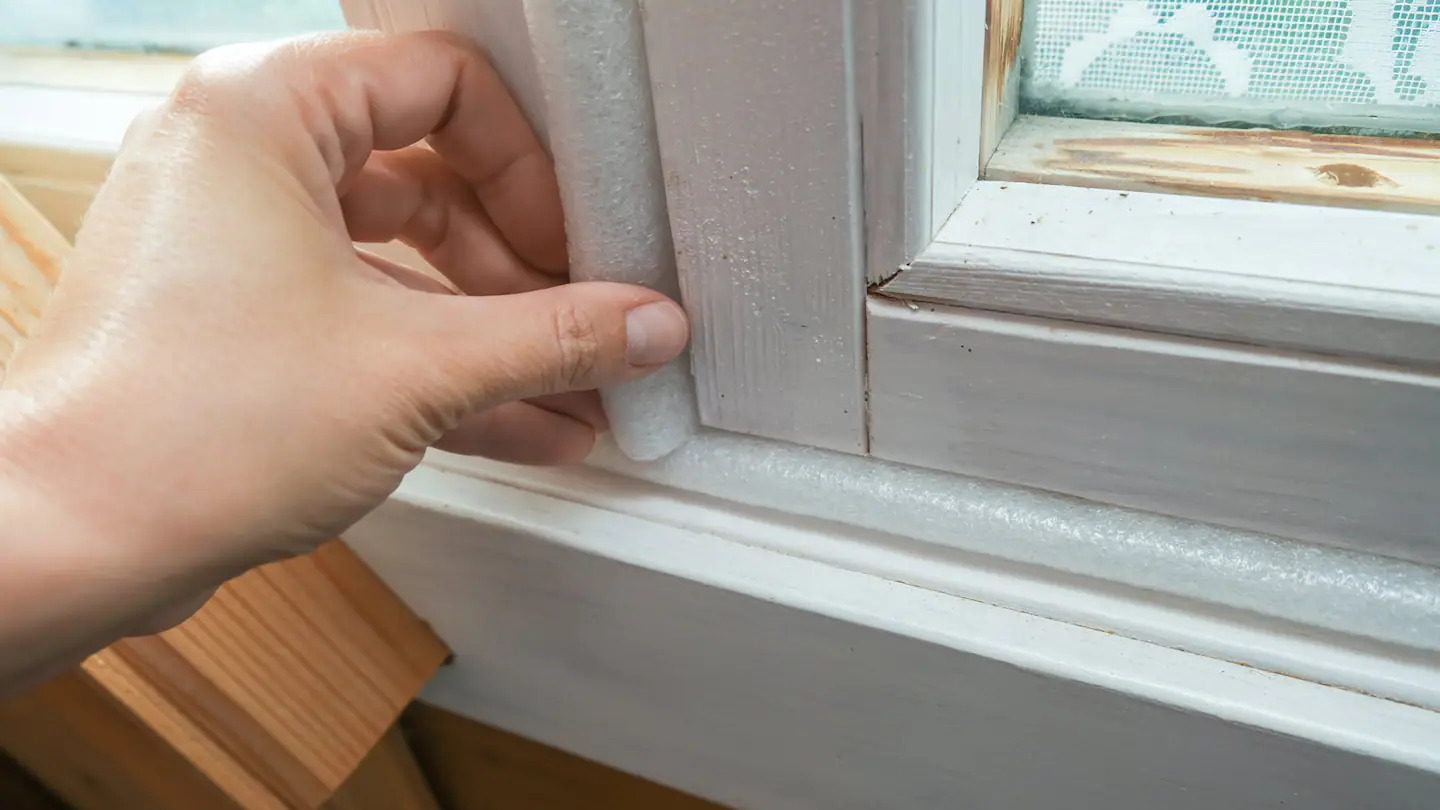
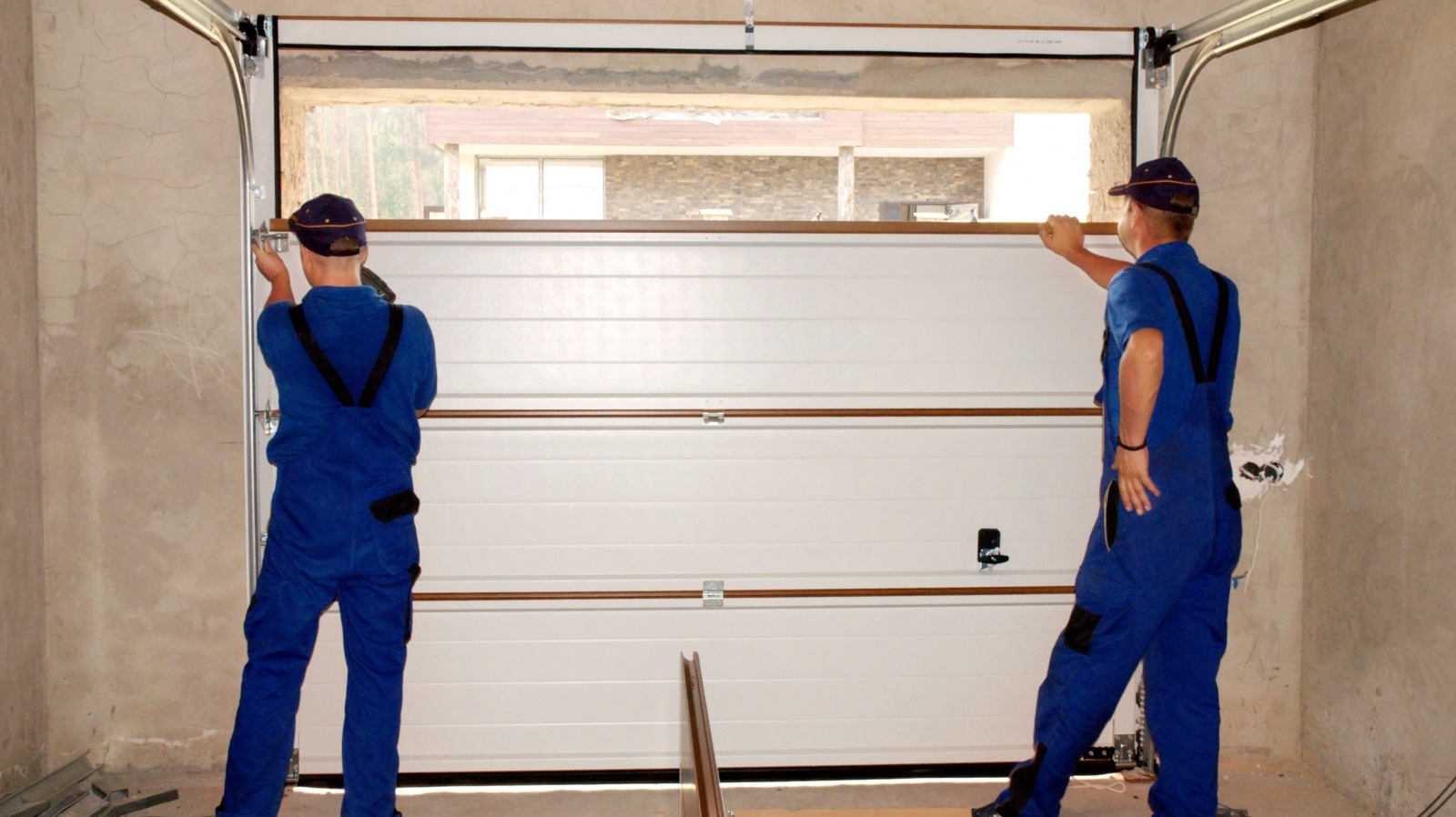
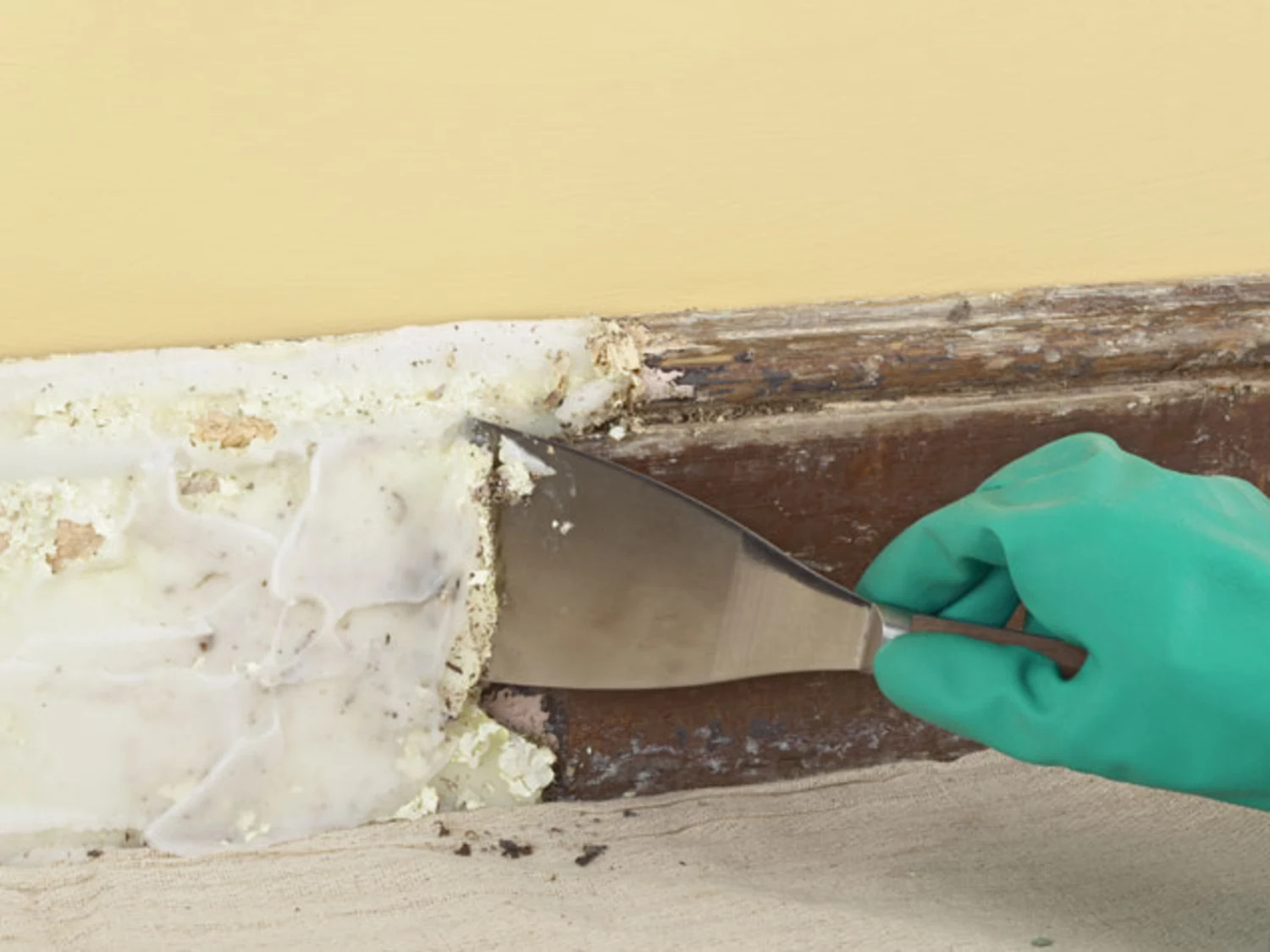

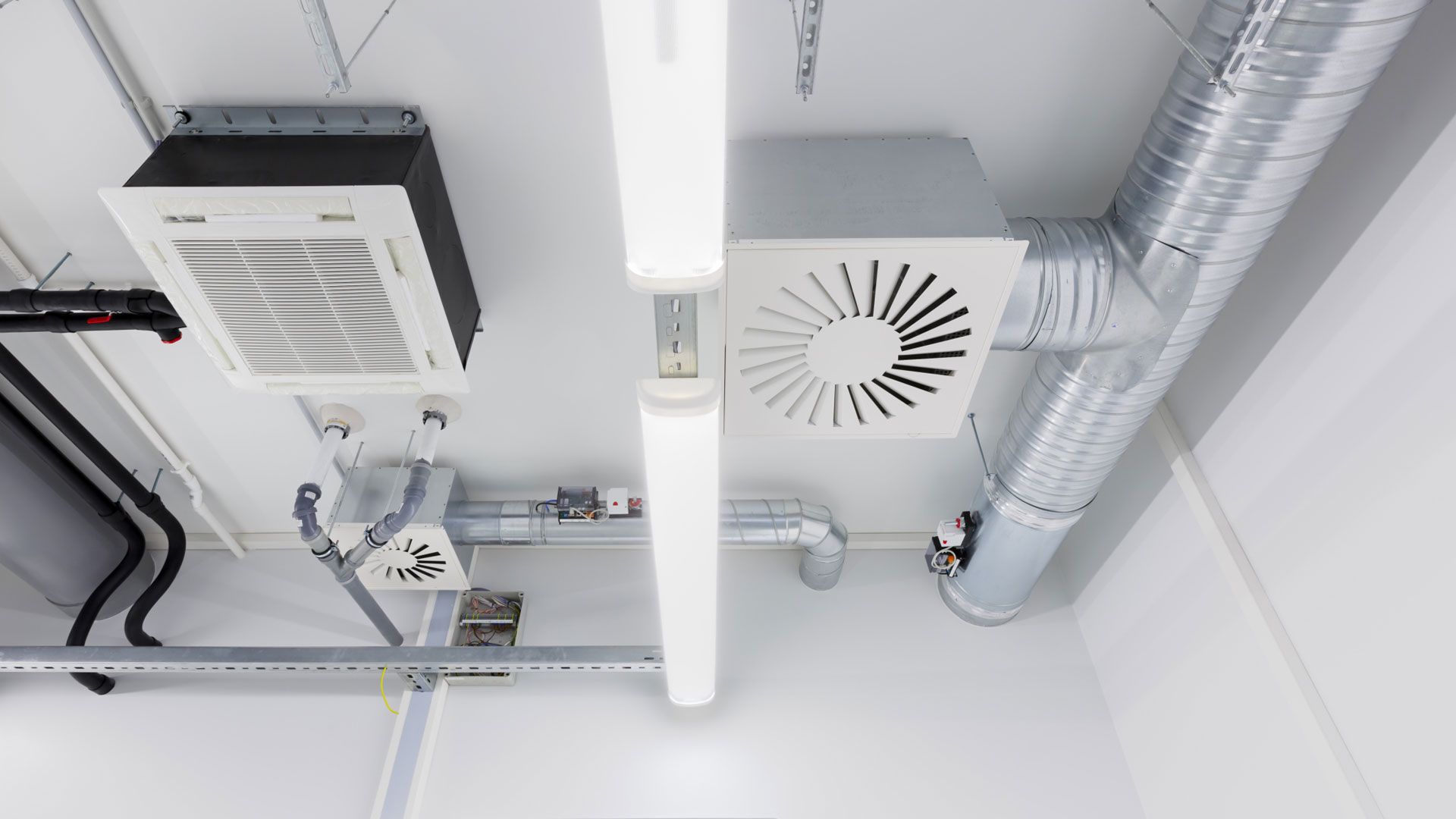

0 thoughts on “What Product Can Be Used To Clean And Condition Weather-Stripping?”